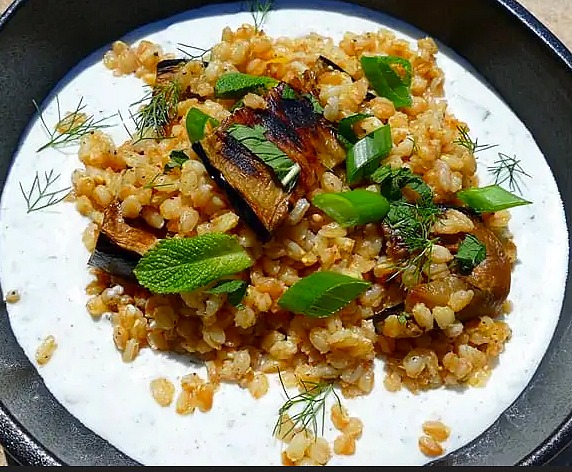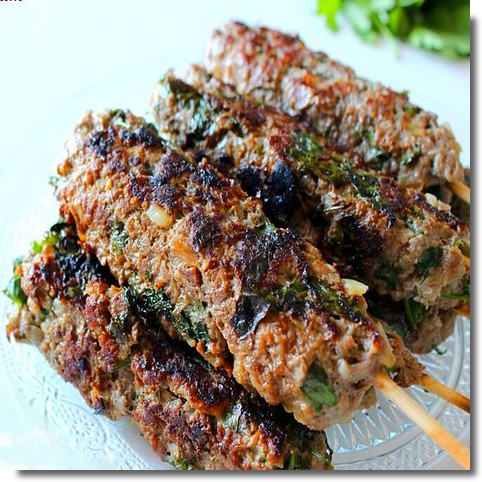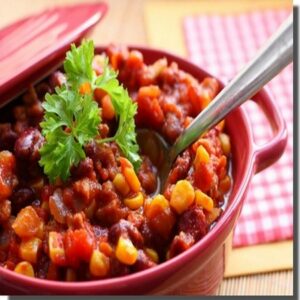Kefta kebabs, with legumes, herbs, baby vegetables, soybeans and nuts ,
Small spelt: rich in protein
It contains the 8 amino acids (the building blocks of proteins) essential to the body: tryptophan, lysine, methionine, phenylalanine, threonine, valine, leucine and isoleucine. And while animal proteins contain all eight, vegetable proteins do not. For example, cereals are generally low in lysine, while legumes are low in methionine, which is why you need to combine the two in a vegetarian diet to avoid certain deficiencies. Petit Épeautre, however, is one of the rare cereals to combine both. A great asset for vegans.
Petit épeautre: helps us fill up on minerals and vitamins 
100g of small spelt contains 120mg of magnesium, 440mg of phosphorus (half our daily requirement) and 100mg of calcium. Magnesium is an anti-stress agent, phosphorus contributes to brain activity and calcium to bone metabolism. It also contains significant quantities of vitamins, particularly those of the B group, as well as vitamin E.
Small spelt: fights ageing
It is rich in carotenoids (which give it its slightly orange color), as well as lutein, a pigment that protects our vision and whose consumption is recommended in the prevention of AMD (age-related macular degeneration). It also contains other elements with antioxidant properties that help fight free radicals, including iron and zinc.
Small spelt: helps digestion
Very rich in fiber (10.3 g per 100 g), small spelt not only facilitates intestinal transit, but also the feeling of fullness. However, avoid eating it uncooked, as it becomes much less digestible.
Small spelt: low in gluten
The gluten content of small spelt is around 7%. This is an advantage for hypersensitive people who wish to avoid the discomforts associated with gluten consumption, especially as the gluten it contains has changed little over the centuries and is better assimilated than that of wheat. However, it cannot be recommended in cases of celiac disease. The disadvantage of this low gluten content is that spelt flour tends to rise less easily (in breads and cakes) than wheat flour.
Small spelt: not genetically modified
Petit épeautre, from its Latin name Triticum monococcum, and also known as “einkorn”, is a cereal of the grass family and one of the first to be cultivated by man, around 10,000 years ago. Since then, unlike other cereals, it has undergone no genetic modification.


